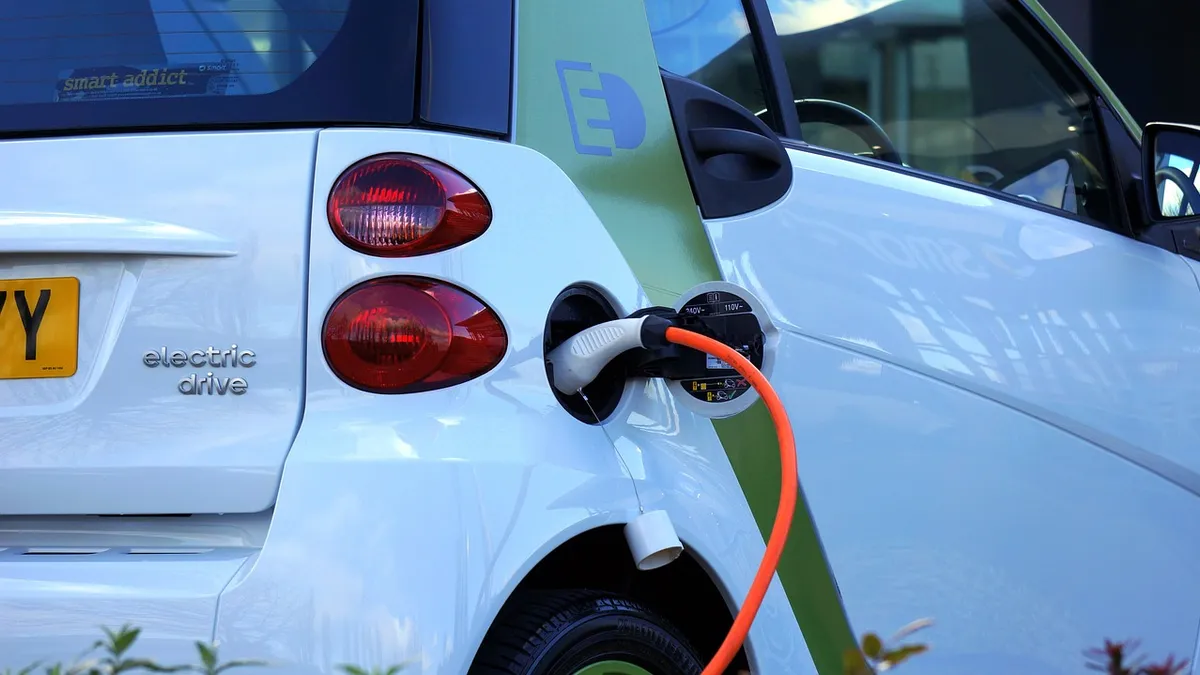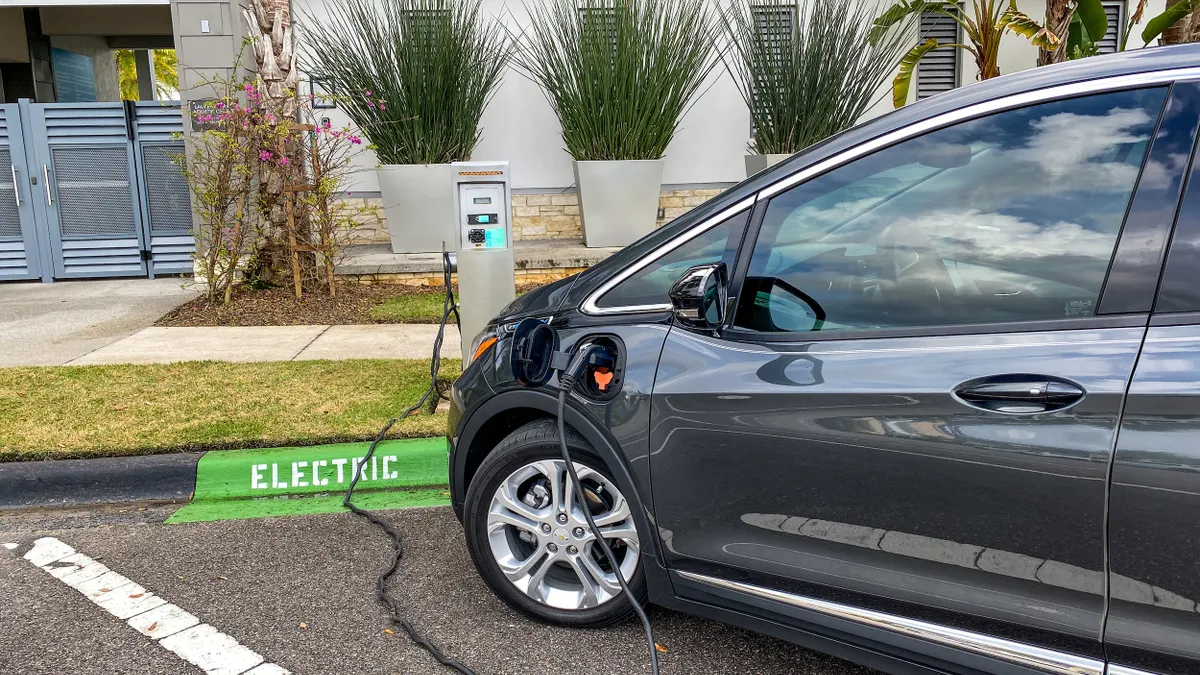Editor's Note: The following is a guest post from Scott Shepard, a senior research analyst at Navigant Research.
The future of transportation is electrified — and shared.
In dense urban centers begging for smog, noise and congestion relief, the future cannot come fast enough. Riding the wave of battery cost declines and the global movement toward decarbonization, electric vehicles (EVs) are gradually displacing the internal combustion engine (ICE). It is likely that by 2040 the ICE will be pushed out of many new vehicle markets.
Simultaneously, transportation network companies are gradually rendering mobility via individually owned vehicles obsolete. These technology trends mean improved efficiency in terms of both energy and space. While this is encouraging for cities, there are complications to be overcome; one is power.
Since the modern EV era began, grid operators have warned that EVs, with their high demands for power, could overwhelm grid distribution systems. This warning has yet to materialize. However, the threat remains — EVs are becoming more common and the amount of power they can consume is growing.
EV power demands are highly flexible because EVs, like conventional vehicles, spend most of their life parked, and the energy for daily trips can be delivered within a few hours from a level 2 charger. The gap between the time it takes to get to a full state-of-charge and the estimated time of departure creates an opportunity that is often ignored. If optimized, the EV’s power demand could be timed to coincide with renewables generation or grid service markets like frequency regulation or voltage optimization.
The power from EVs could also be used to protect grid distribution assets and prevent disruptions to grid reliability that EVs may theoretically threaten.
Using VGI to optimize the grid
Known as vehicle grid integration (VGI), EV industry stakeholders are keen to see such solutions move forward. Among stakeholders, some established automakers have been particularly interested in VGI. Compliance with global vehicle efficiency standards relies heavily on ramping EV adoption, but EVs can be a difficult sell to the mass market. If automakers can cut operating costs through a VGI solution like BMW, Nissan, and Honda have trailed, then the EV should become a more compelling purchase.
Government agencies are also interested, as evidenced by multimillion dollar funding programs in the United Kingdom and Japan. In both countries, the governments are funding demonstrations of the most advanced form of VGI — the kind that uses bidirectional chargers. These solutions enable an EV to push power back to the grid, which amplifies the optimization benefits. It also opens up new opportunities such as powering off-grid electronic equipment or homes during outages.
The bidirectional EV has the potential to save lives. During or following disasters, grid outages often prompt people to burn fuel in portable generators to power their home. This activity produces carbon monoxide, which can build up in enclosed spaces and poison residents.
For example, in the aftermath of Hurricane Sandy in 2012, 12 deaths were blamed on carbon monoxide poisoning. A bidirectional EV is well positioned to displace the need for a portable generator in these instances.
Technical and regulatory challenges remain
The drivers to advance VGI are clear, but there are challenges. Some of these challenges are technical, others are not.
On the technical side, standard EVs do not communicate the battery state-of-charge to charge-point operators. This hang-up makes VGI blind, and operators delaying a charge in response to a grid signal may risk not delivering enough energy into the EV for motive power. To properly tap VGI potential, most operators must use EV owner inputs or require technical adjustments be made to the EV.
This is a complication that might be bypassed through industry standardization. One communications standard that comes up often is ISO 15118, which is trying to tackle the communications gap on state-of-charge, among other EV charging industry issues.
Bidirectional charging is feared to hasten battery degradation. By increasing battery cycles for purposes outside of motive power, the battery’s life is expected to expire sooner. However, the accuracy of this principle depends significantly on how the EV’s battery is discharged. Deep discharging, like that used for powering off-grid assets or homes and buildings, is more threatening to battery life; light discharging is less so and may even extend battery life. As such, uses leveraging the latter have been more attractive for early bidirectional charging commercialization.
Ultimately, the continued downward price trend for batteries and the promise of more durable solid-state batteries should mitigate concerns associated to battery degradation.
The other major challenge is regulatory. Interconnection requirements are built to ensure grid reliability but are often cited by the orchestrators of vehicle-to-grid demonstrations as being overly burdensome. This challenge is largely the product of the legacy centralized grid architecture built to accommodate large generators.
For small generators like EV fleets, it is hard to comply with interconnection requirements that were designed with the large generator in mind and have been shown to take an inordinate amount of time and resources relative to project size. As the grid evolves away from the centralized architecture toward a distributed energy resources system using not only EVs but also rooftop solar and other internet of things (IoT) devices, the regulatory environment will have to evolve.
Cities can lead the way for VGI
Because of the challenges, VGI is still in the pilot phase, and many would-be vendors are waiting for the market to mature. As cities look for ways to improve their transportation system, VGI should be a substantial consideration. Cities are well positioned to use municipal fleets in VGI pilots and demonstrations, which will help industry stakeholders standardize solutions and identify and overcome regulatory barriers.
The investments in VGI would speed its maturation, which can reduce EV costs and speed adoption. They would also improve the grid operator's ability to manage a future distribution network heavily reliant on intermittent renewables and demand side management.



















